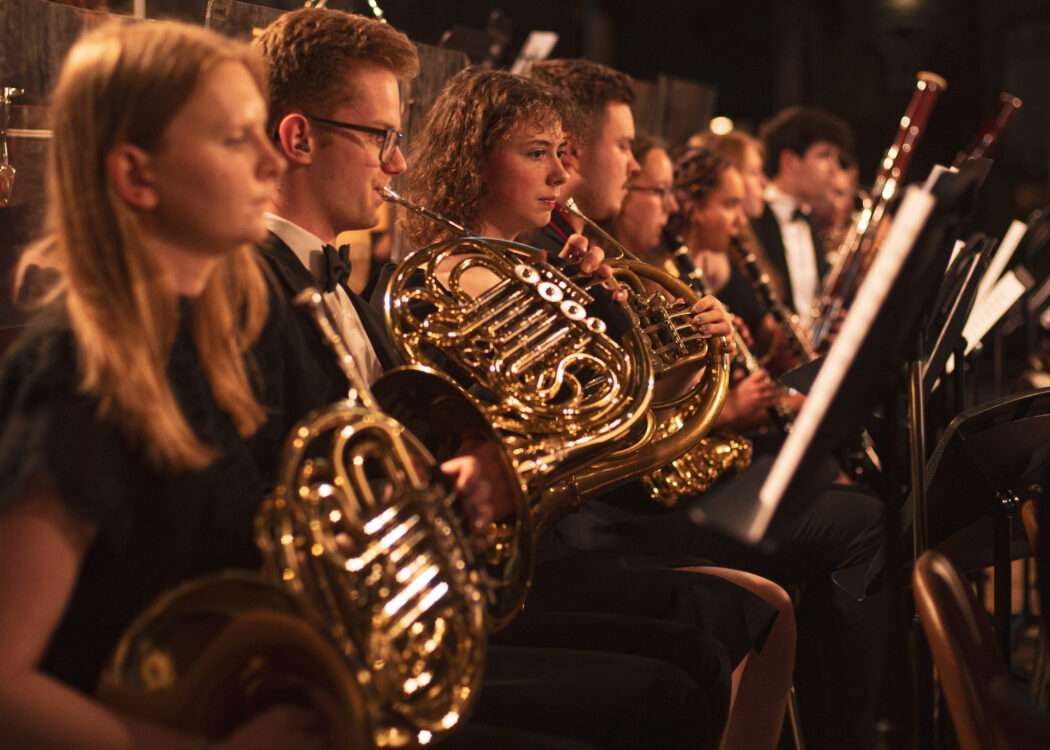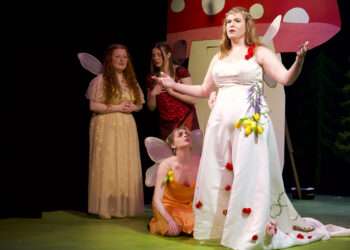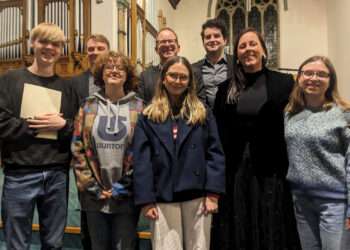Durham University Orchestral Society celebrated their 60th anniversary this weekend. I’ve been going to their concerts in various iterations of my Durham life for over half of the orchestra’s existence (and I’m pretty certain that I was at their first ever concert in the cathedral in 1995). However, my first encounter with them was when I was a grossly overambitious and unrealistic fresher who thought that grade 6 oboe was an adequate standard to audition with: when I went to my first DUOS concert later that year, I realised just how hopelessly off the mark I had been. The standard seemed impossibly high then and Friday’s symphony orchestra concert showed again how consistently excellent DUOS are. It’s also worth remembering at this point that its players come from across the university, including conductor Max Brambley who is studying natural sciences.
The first half of the concert comprised music written to accompany other art forms – ballet, stage and gaming. Despite its name, the ‘Grand Coda’ from Alexander Glazunov’s ballet Raymonda made for an excellent short concert opener, with lots of oomph. It didn’t really have time to settle in the cathedral acoustic – there was clearly a lot going on, but the sound was smudged. George Bizet’s first L’Arlésienne suite was on the programme for DUOS’s first concert and was therefore included tonight; it starts with the famous tune but it’s actually the lesser known of the two suites. The strings gave us the big tune with a forceful opening and the winds immediately countered this with their laid-back legato and a stirring saxophone solo played by Robbie Jansen. The dance was robust and cheerful and the intermezzo sweetly touching. The horns pealed out insistent bells through the final movement whilst the rest of the orchestra filled the cathedral with French sunshine.
Before this blast from the past with L’Arlésienne, DUOS had been looking very much to the future with the premiere of A Hero’s Tale | Dreams Come True by second year computer scientist Maxwell Richards-Clarke, who also writes his own games. This accomplished and imaginative piece drew on the traditions of the great film composers, but without feeling derivative. A mighty drum roll and horn fanfares led into a luxurious string section, with an epic sweep to it and some really lovely brass playing. A gentler version of the horn fanfare led into the calmer second section, which showed off the winds and the piece ended climatically, but leaving an intriguing sense of unanswered questions hanging in the air – that the game is not over.

If the first half of the concert was music written for other people’s stories, the second half was one man’s own story. Max Brambley took a defiant approach to Petr Ilyich Tchaikovsky’s musical confrontation with Fate – there was little room for wallowing in his robust speeds and well-controlled climaxes. Freya Lockeretz’s opening clarinet solo set the tone, with a ravishingly rich, woody sound and long arching phrases making a powerful statement of intent. After a first movement full of passion and gorgeous singing strings, Brambley allowed one moment of utter calm for the opening of the second movement. There was deep sadness in the hymn-like opening passage for the lower strings before a magical horn solo played by Michael Kohn, soft and distant and a heart-stopping moment. The two double-bass players Sebastian Banwell and Zhi Yi Tan also deserve a mention for their gloriously powerful sound that really caught my attention in several places – and doing a convincing impression of those Russian orchestras with a legion of basses.
DUOS glided through the third movement waltz with stylish phrasing, although occasionally feeling as if they weren’t all quite together. The confrontation with fate led to a convincing victory in the final movement. Max Brambley ratcheted up the tension in the first section, before an explosion of joy; the violins scurried excitedly around the transformed fate theme and every player seemed eager to pitch in with their response, particularly the seemingly tireless brass section who kept the energy going right to the end. Brambley timed the fake end perfectly, giving just enough time for the sound to ring around the cathedral but without accidentally eliciting premature applause before the joyful coda brought the orchestra’s anniversary concert to a triumphant end.
Durham University Symphony Orchestra
13 June 2025, Durham Cathedral
Main photo: DUOS Conductor Max Brambley, photo: Nicholas Chan







